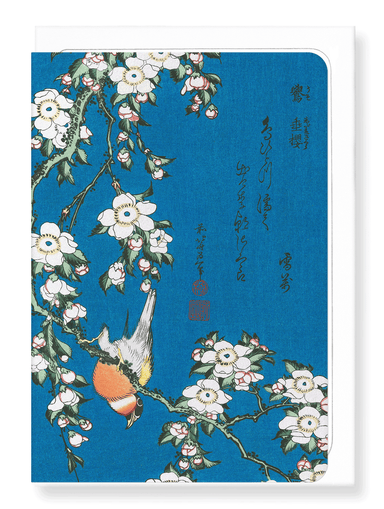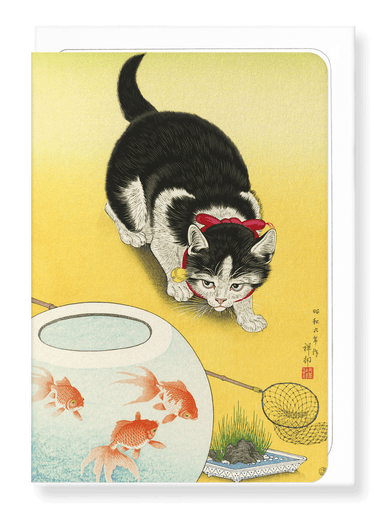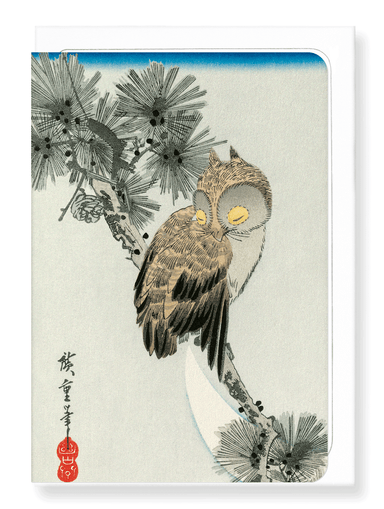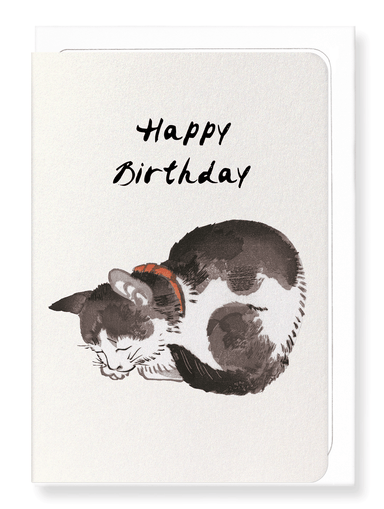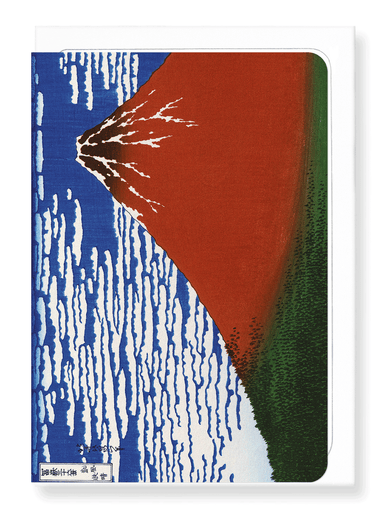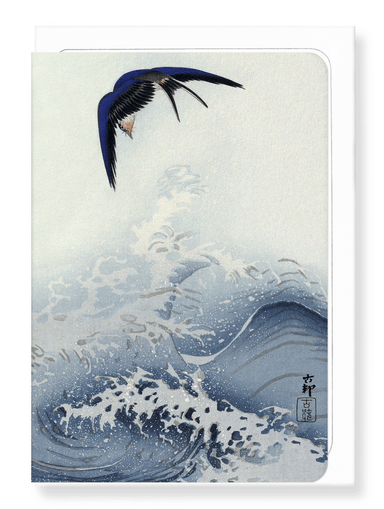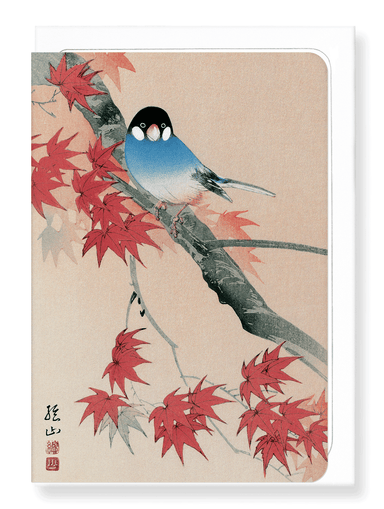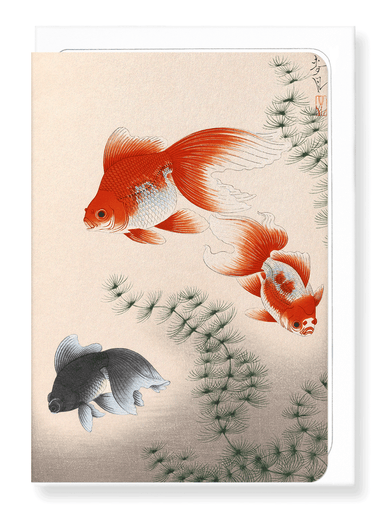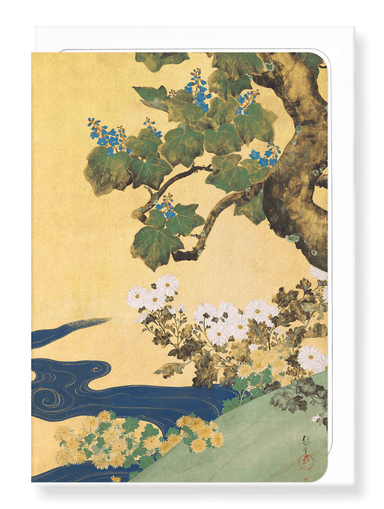Greeting card

MOUNT FUJI IN SPRINGTIME (1937): Japanese Greeting Card
Login to view pricing
Text on the reverse side: Mount Fuji, considered sacred in Japan, has been linked to everlasting life. Also in the print is the cherry blossom, a ...
View full details














